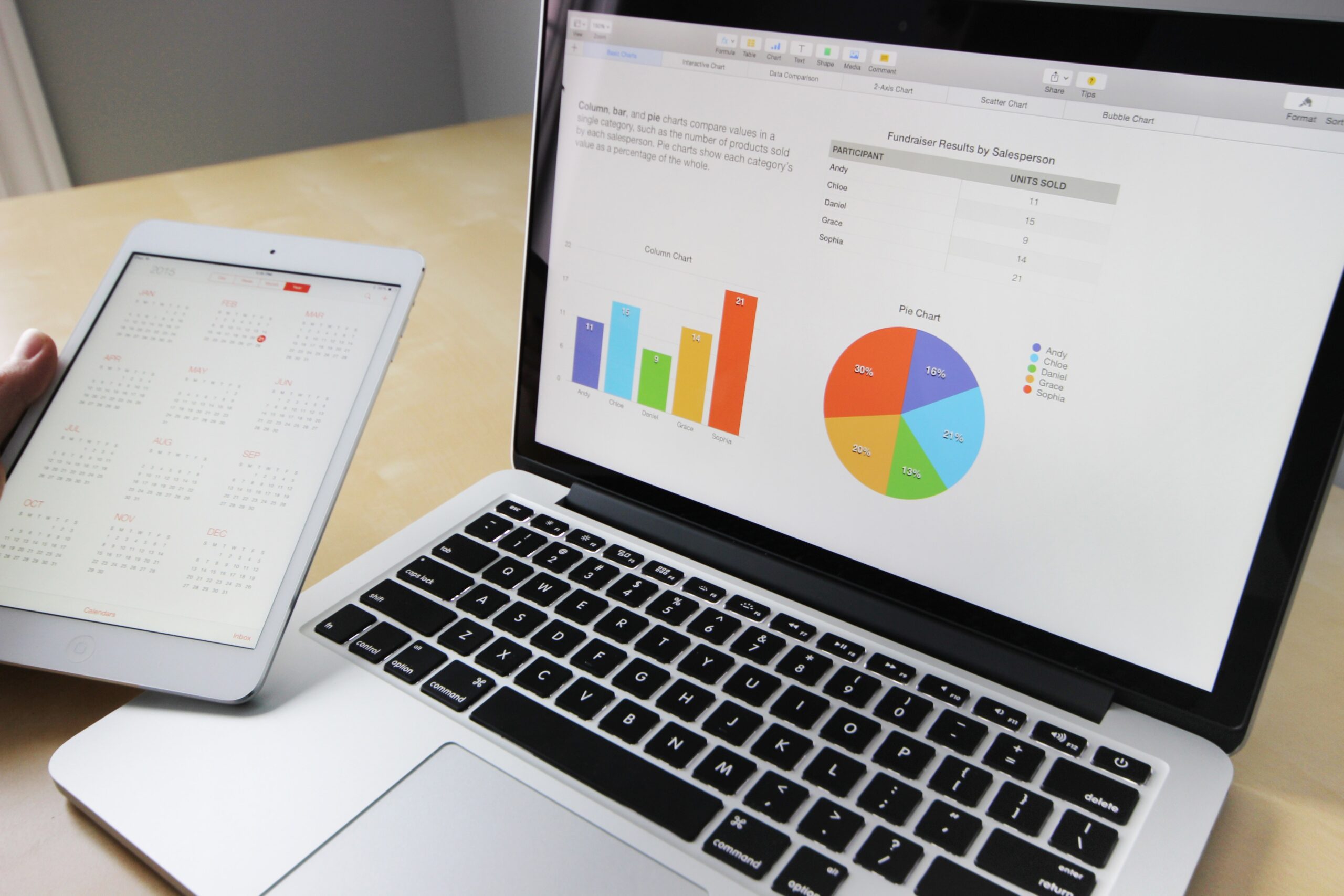Whether you are a small business or a Fortune 500, good accounting should always be a priority. It is clear that understanding the financial status of your company will help you make informed decisions, and that includes splitting operating and cash flow.
Operating costs often interfere with cash flow, so the interaction between the two can be confusing at times. Both are important for business operations, and although they may seem somewhat erratic, they look at two different metrics. Once you have mastered each basic task, it is easy to use.
What is cash flow?
In fact, revenue is what it says: money flowing into your company. Often, this is expressed at a specific time, depending on the type of information you are trying to obtain. For most companies, it usually goes up in thirty days, as it provides the best balance between a large image and a small image. There are different rules for cash flow to be followed in any business, such as looking at certain metrics that have a significant impact on revenue.
You can think of cash flow in terms of personal finance and business. It says you travel all over the country, which can cost anywhere from $ 1500 to $ 6000 on average. This is a cost factor or negative cash flow in case your costs are less than what you bring.
It is important to note that cash flow does not give you your full profit. Instead, what you get is actually a shortage of your business, a figure based on a variety of factors. A solid accounting strategy incorporates things like preparing a cash flow forecast — simplified using an accounting tool that comes with important features such as financial statements and automatic bank reconciliations.
What is operating expenses?
Operating expenses are the total operating costs your company has after the debt is deducted. This is what you get when you clear your current debts from your current assets. This may involve various factors such as inventory, equipment, investment value, cash on hand, accounts payable, deferred payments, and debt.
An important part of any financial management is access to large amounts of direct operating funds, as it helps to protect the business from unforeseen events. For example, consider the recent effects of chip shortages on automakers. As more and more people go out and buy cars and chips it becomes harder to buy them; manufacturers had to respond to supply chain problems and the consequence of losing sales.
This is the calculation of all short-term and long-term assets placed against all corporate liabilities; therefore, requires a complete calculation of both sets of data. To do that, you need to be able to read the balance so that you can calculate the balance correctly and make informed decisions.
How do cash flow and operating costs differ?
When it comes down to it, the biggest difference between cash flow and operating costs is the financial issues they discuss with your business. Although cash flow refers to the inflow and outflow of your company over a given period of time, operating costs instead compare the assets and liabilities of your business.
Basically, cash flow refers to the bird’s eye view of the current financial position of your business. It is different from all the profits because it includes the money your company; sells on credit as well as the loan amount. Cash flow can not tell you much about the profit of your company as it does not consider any debt; it does provide a summary of the amount of money you generate over a given period of time.
Conclusion
For example: suppose you have a larger income than your debts. That’s good news – you can probably pay off your debts within 12 months. But if you focus only on your income; you will have no way of confidently stating your financial status as it relates to your debts and the debts you owe.







